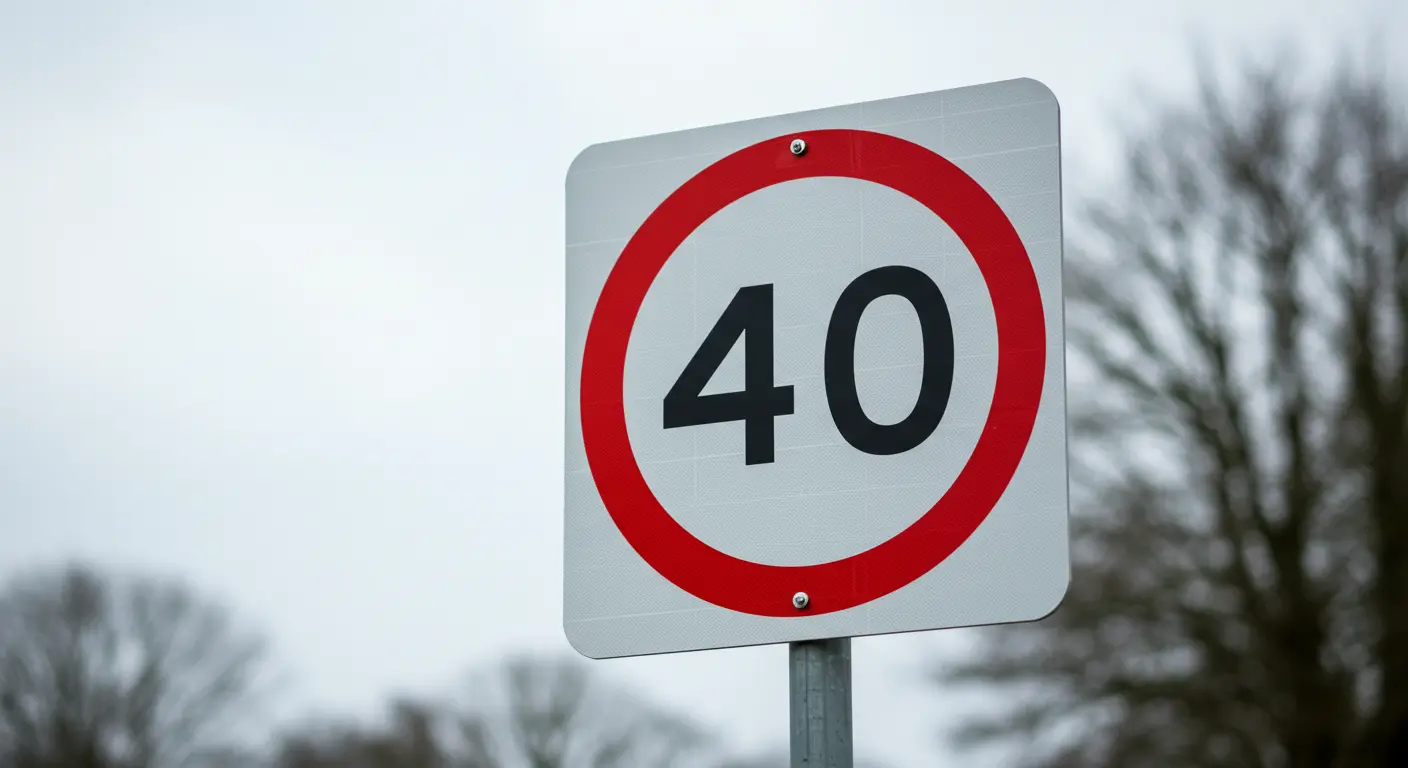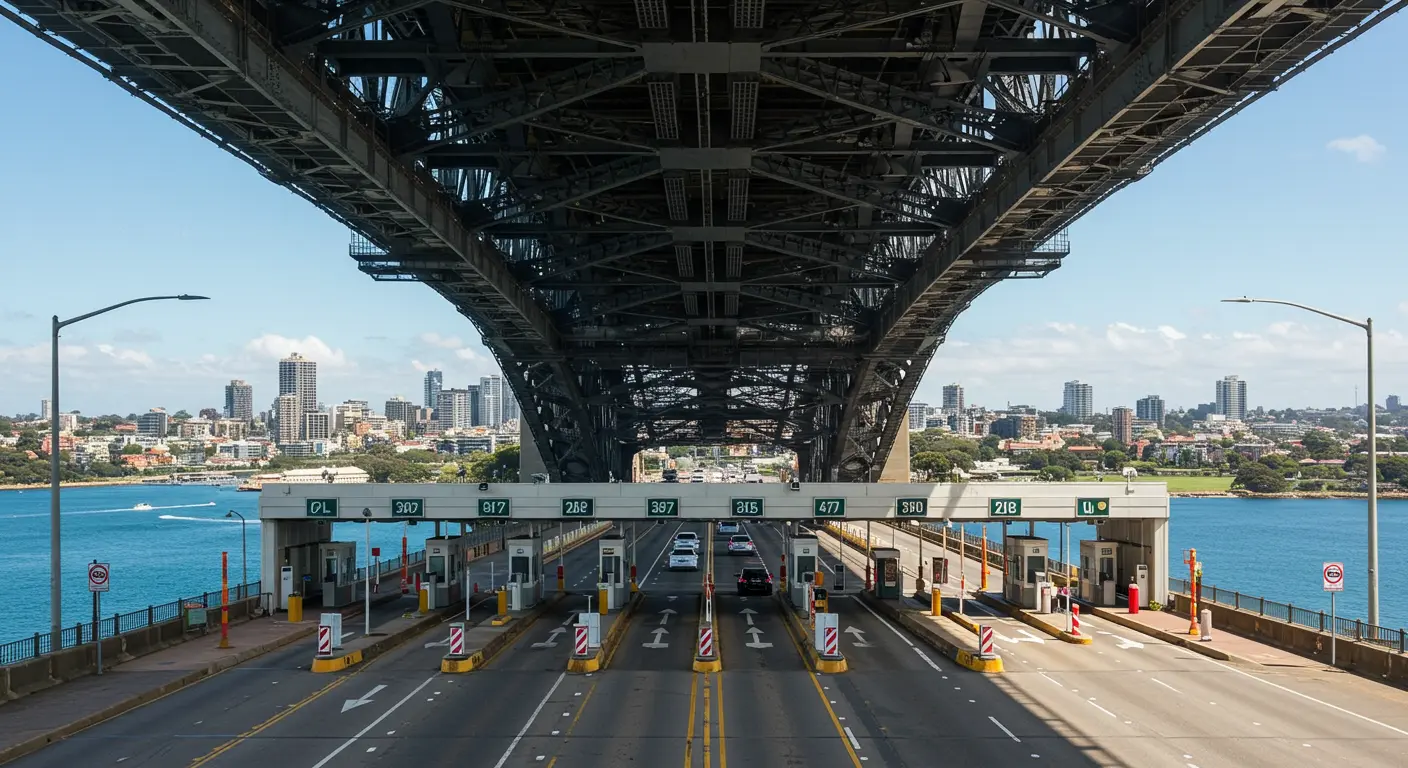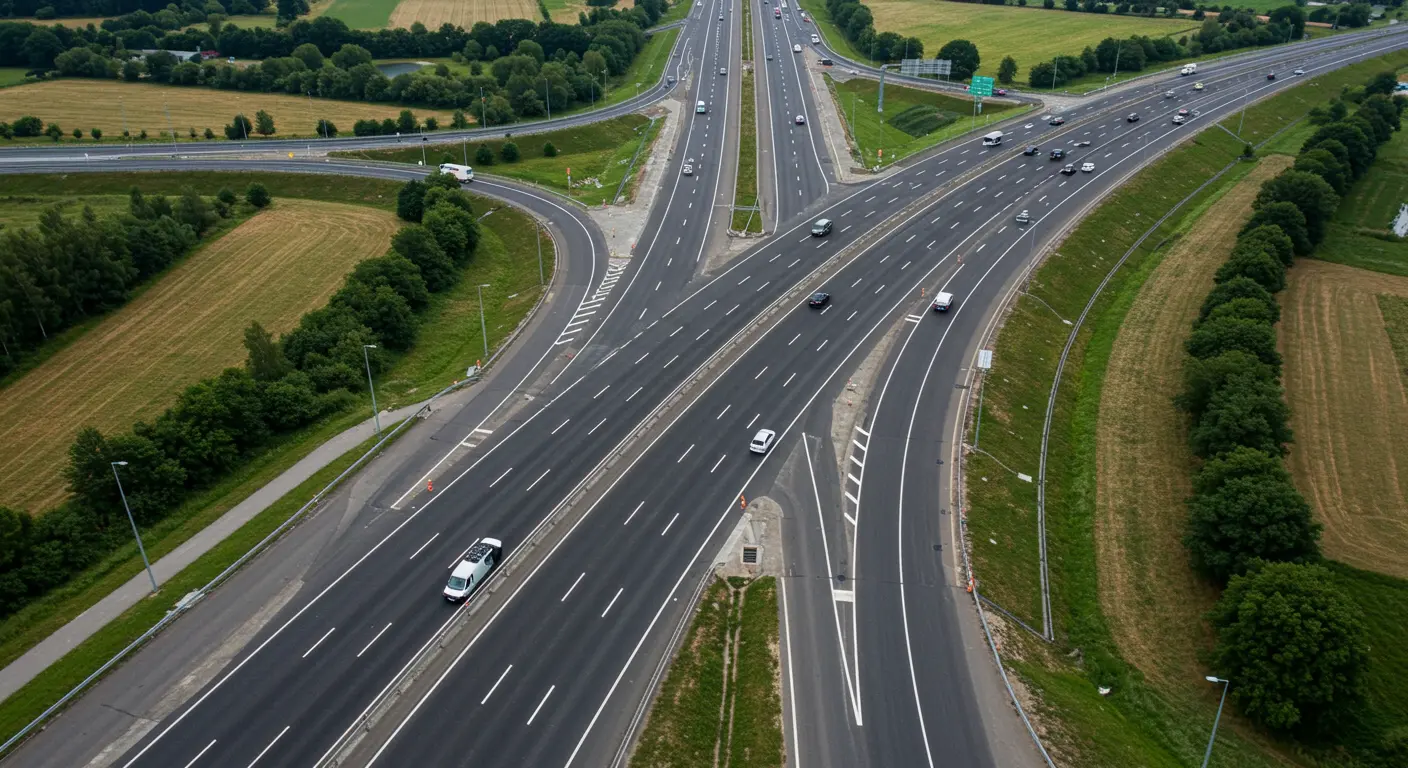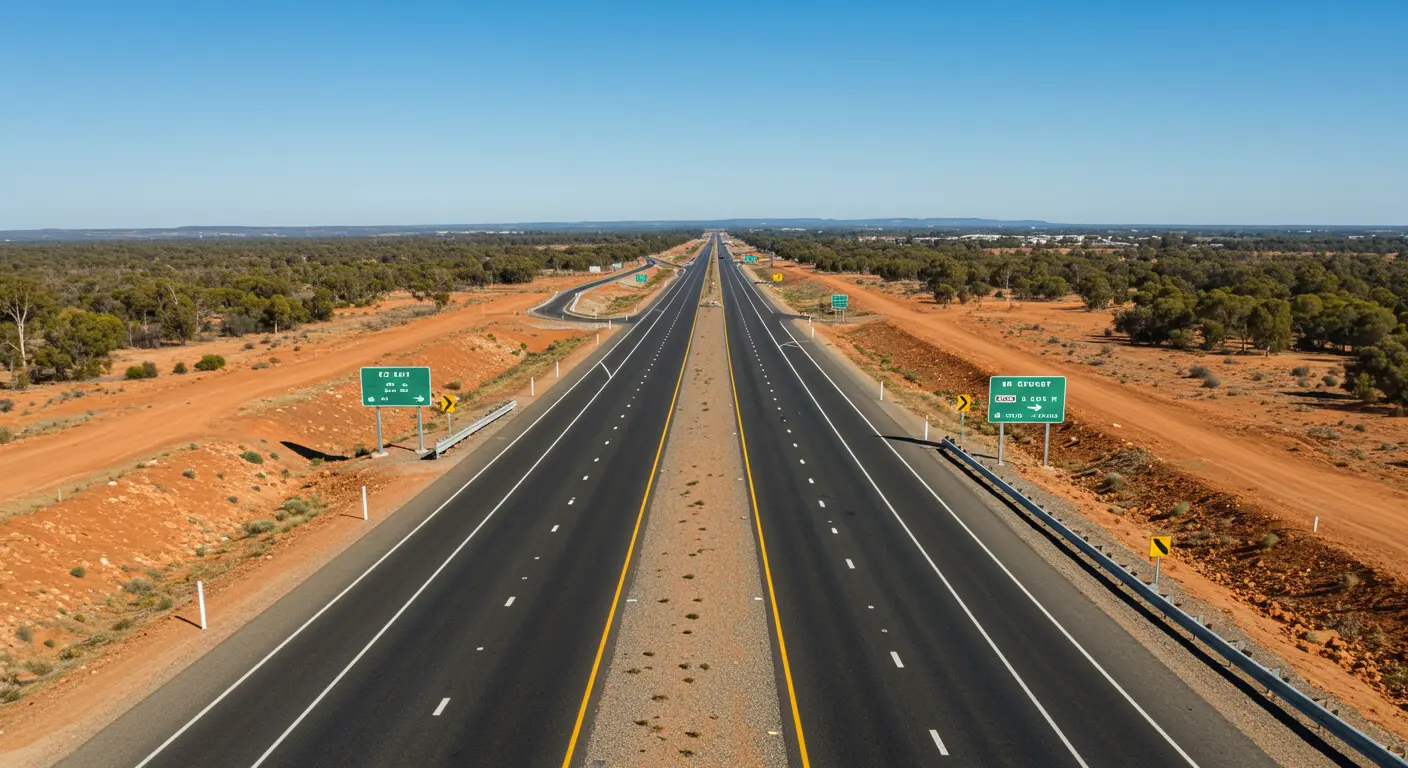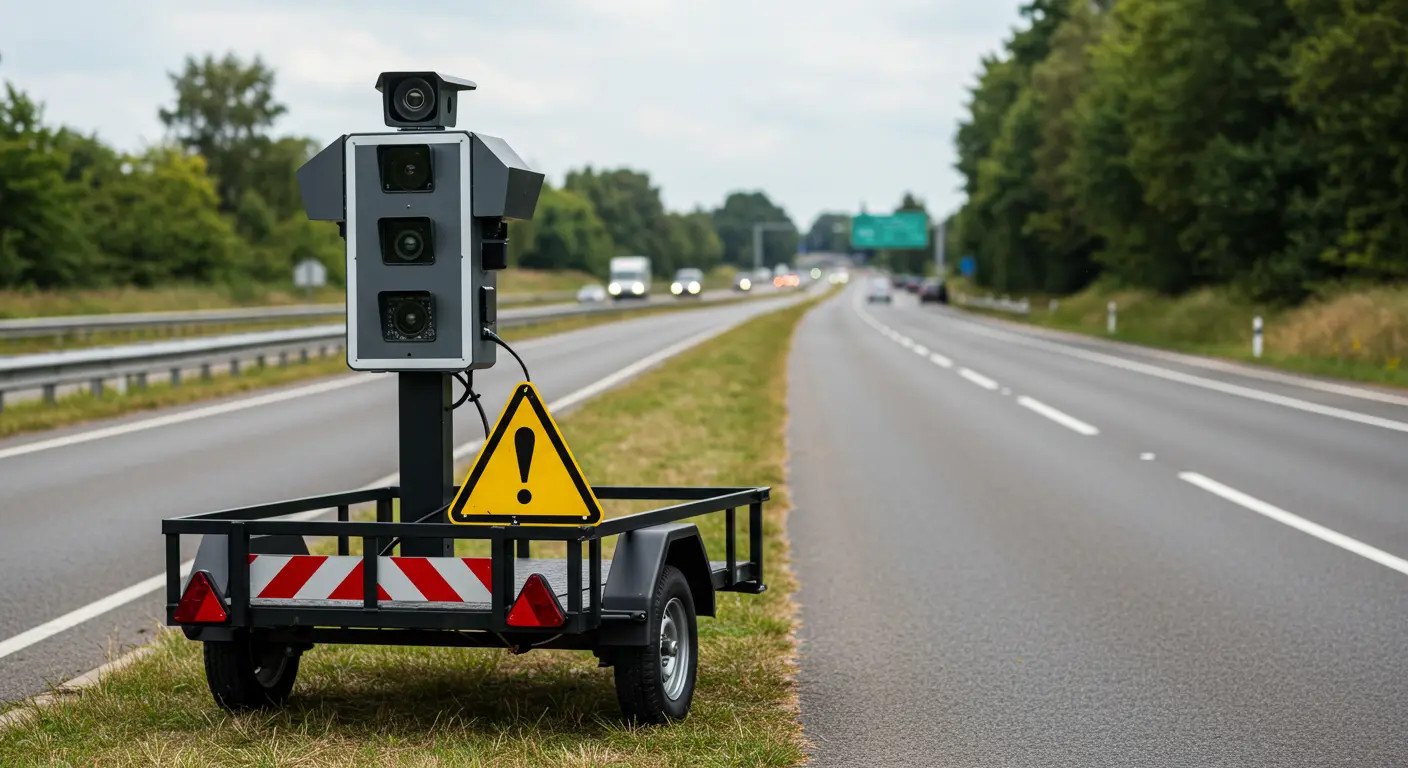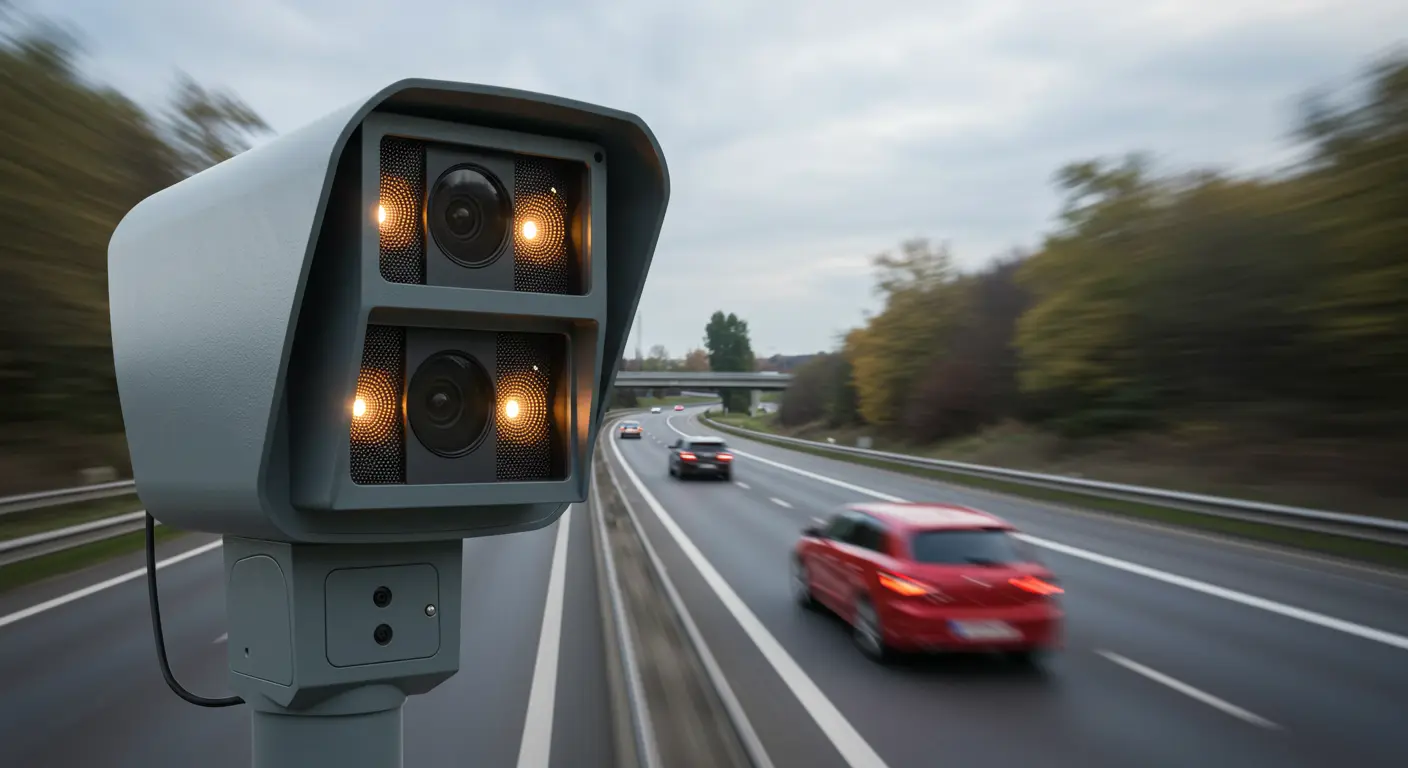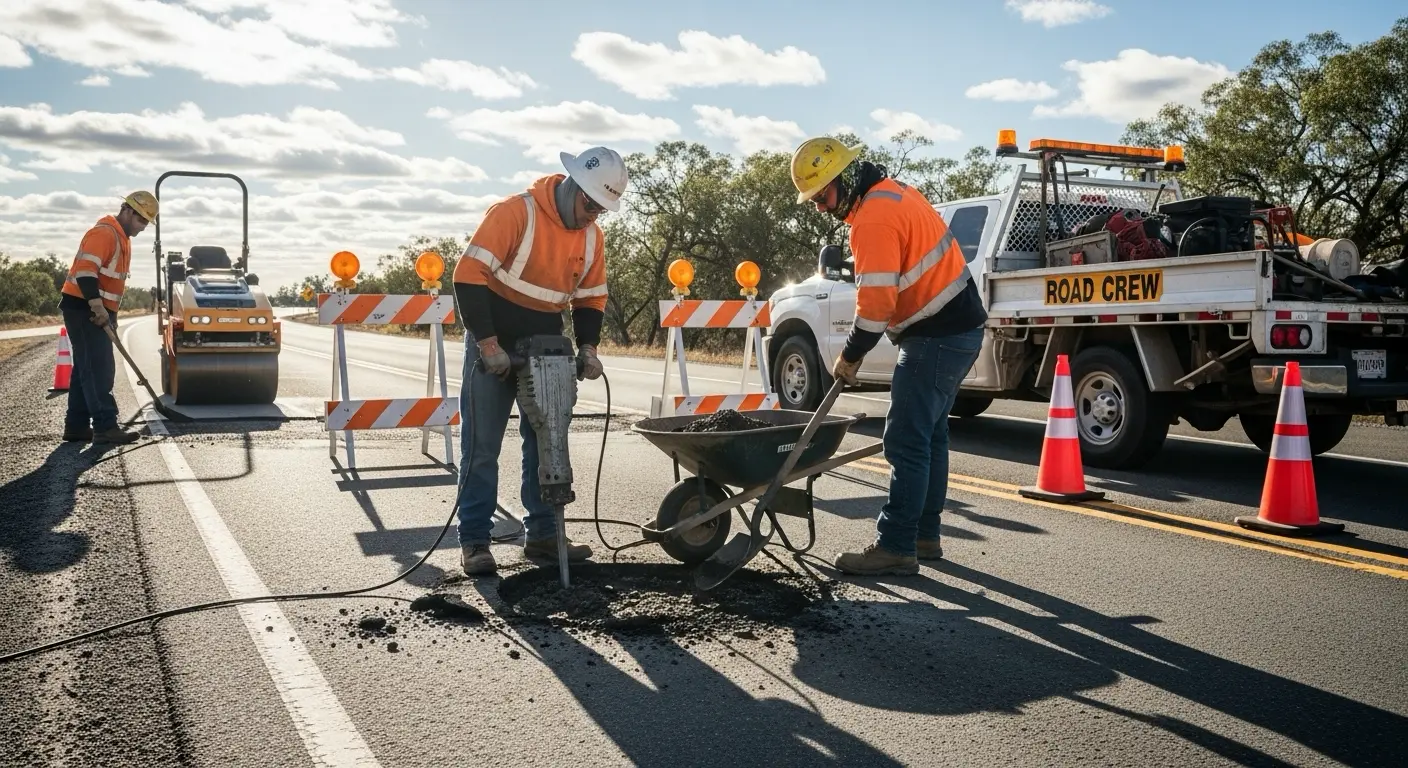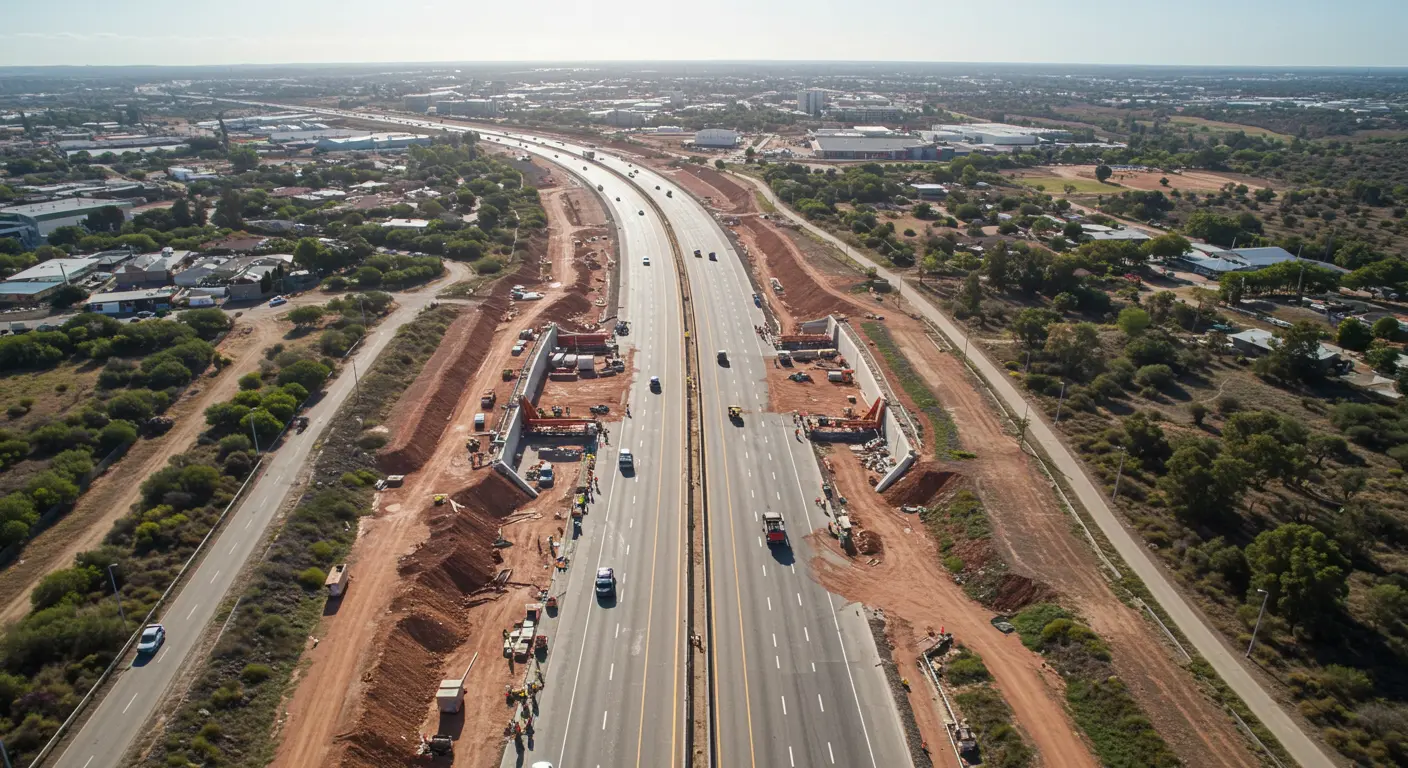Drivers across New South Wales have been left scratching their heads after receiving unexpected letters from Revenue NSW. Unlike traditional infringement notices, these letters don’t include fines, demerit points, or threats of licence suspension. Instead, they simply alert the driver that they were caught speeding.

What Are These Letters?
These warning notices are part of a long-standing NSW government policy. When new speed cameras are activated, drivers caught speeding at less than 30 km/h over the limit receive a warning letter rather than a fine. The initiative serves as a grace period, allowing motorists to adjust their driving behaviour without facing immediate penalties.
Each letter details the location, time, and speed at which the offence occurred. No action is required from the driver, but the reminder serves as an opportunity to correct unsafe habits before harsher penalties are enforced.
Where Are They Being Issued?
One recent example is the Rozelle Interchange in Sydney’s Inner West. Average speed cameras were installed there in March 2024, and a warning period extended until June 2024. As of now, three of the four installed cameras are issuing fines, with one still operating in warning mode.
Warning letters have also been issued in areas involved in average speed camera trials, such as:
- Pacific Highway (Kew to Lake Innes): 15 km stretch
- Hume Highway (Coolac to Gundagai): 16 km stretch
These trial areas ran warning phases from May 1 to June 30, 2025. Enforcement begins July 1, 2025.
How Average Speed Cameras Work
Unlike fixed-point cameras, average speed cameras measure the time it takes for a vehicle to travel between two locations. This makes it harder for drivers to avoid detection by briefly slowing down.
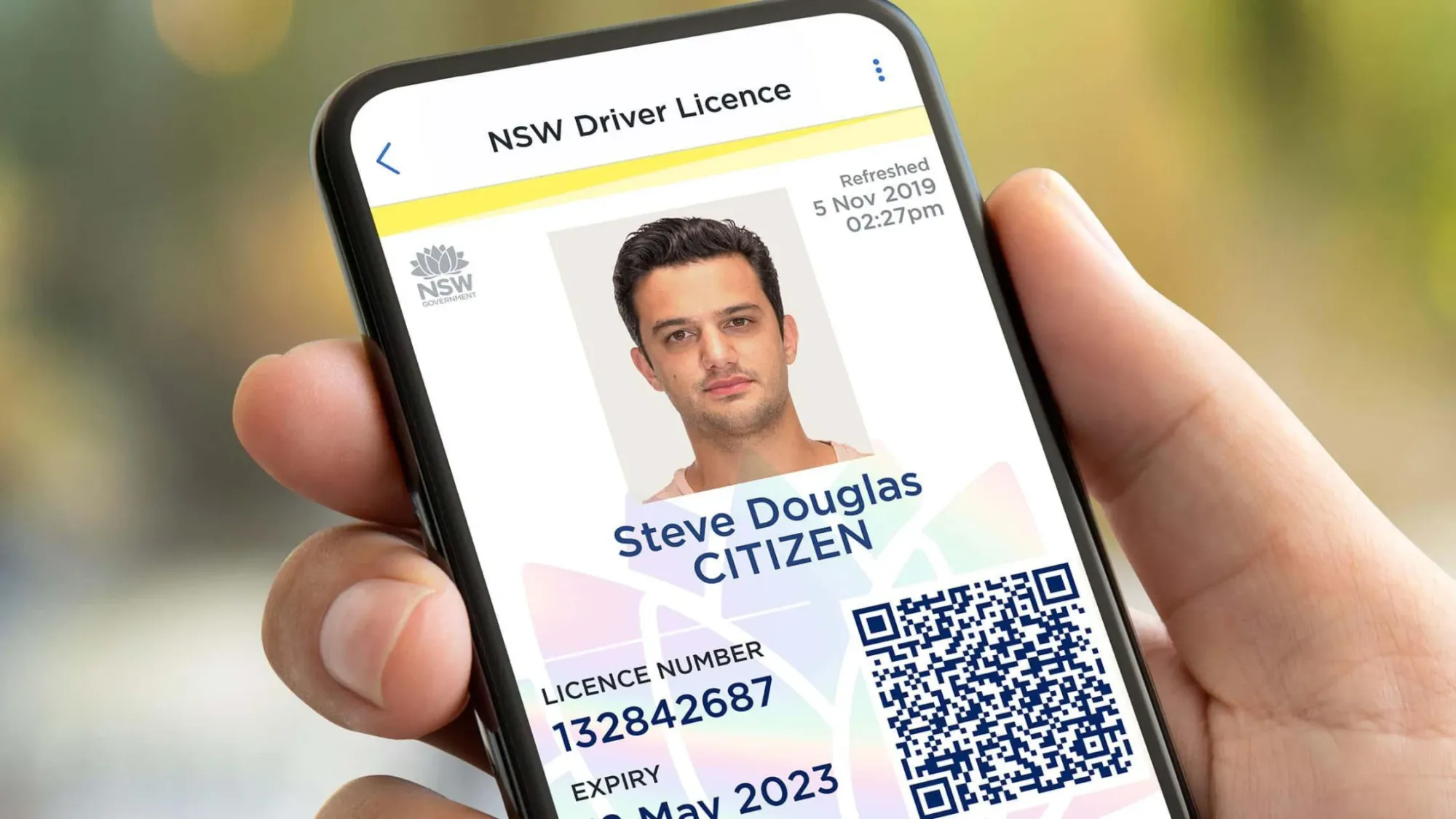
If a driver is clocked at more than 30 km/h over the limit during a warning phase, they may still receive a fine and demerit points. But for anything under that, only a warning letter is sent.
Why the Warning Period Exists
The policy behind warning letters has existed since the early 2000s. The NSW government uses this system to ease drivers into new enforcement zones. It combines behavioural nudging with education to reduce long-term speeding behaviour.
Once a certain level of compliance is achieved in an area, cameras are switched from warning mode to enforcement mode, where fines and penalties apply.
Summary
While these letters might cause a moment of panic when they arrive, they’re ultimately a proactive approach to road safety. Rather than immediately punishing drivers, NSW uses these notices to encourage safer driving habits and provide fair warning when enforcement zones are introduced.
Motorists are advised to take them seriously. They may not cost you money now, but continuing to speed likely will.
